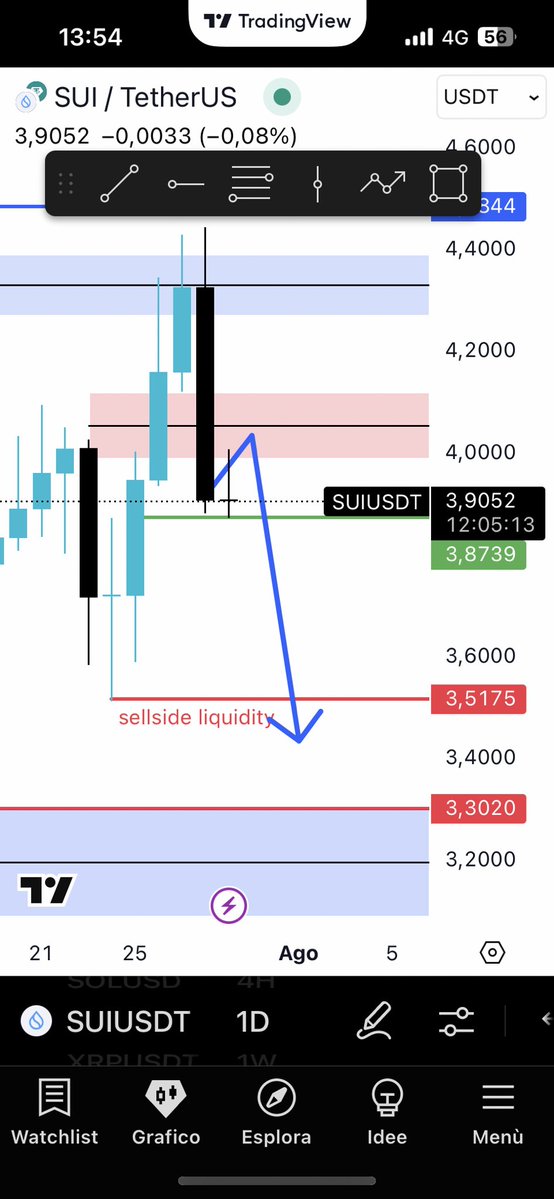
Bitcoin’s Ascent: A Comprehensive Analysis of the Cryptocurrency Market in July 2025
Introduction: A New Milestone for Bitcoin
The cryptocurrency world is buzzing with excitement as Bitcoin, the undisputed leader of digital assets, has once again shattered psychological barriers, soaring past the $120,000 mark in July 2025. This remarkable surge has reignited discussions about Bitcoin’s long-term potential, institutional adoption, and the broader implications for the crypto market. But what factors are driving this rally, and what does it mean for investors?
This report provides an in-depth analysis of Bitcoin’s recent performance, market trends, and the tools and strategies that traders are using to navigate this dynamic landscape.
—
Bitcoin’s Record-Breaking Rally: What’s Driving the Surge?
1. Institutional Adoption and ETF Approvals
One of the key drivers behind Bitcoin’s recent surge is the growing institutional interest. Major financial institutions and hedge funds have increasingly allocated capital to Bitcoin, particularly through Bitcoin ETFs. The approval of these ETFs in 2024 opened the floodgates for institutional investors, providing a regulated and accessible way to gain exposure to Bitcoin.
2. Halving Effect and Scarcity
Bitcoin’s halving event in April 2024 reduced the block reward from 6.25 BTC to 3.125 BTC, effectively cutting the supply of new Bitcoin in half. This scarcity, combined with increasing demand, has historically led to significant price appreciation. The current rally appears to be following this well-documented pattern.
3. Macro-Economic Factors
Global economic uncertainty, inflation concerns, and geopolitical tensions have led investors to seek safe-haven assets. Bitcoin, often referred to as “digital gold,” has increasingly been viewed as a hedge against inflation and currency devaluation.
4. Altcoin Performance and Market Sentiment
While Bitcoin dominates the headlines, altcoins like Ethereum (ETH), Solana (SOL), and others have also seen significant gains. The BRC-20 token ORDI, for instance, has gained attention as the first token on the Bitcoin blockchain, showcasing the growing innovation within the ecosystem.
—
Tools and Strategies for Cryptocurrency Traders
1. AI-Powered Trading Assistants
Platforms like Traders Mastery AI are leveraging artificial intelligence to help traders make informed decisions. These tools provide AI-powered analysis, risk assessment, and trade validation, making them invaluable for both novice and experienced traders.
2. On-Chain and Market Data Analysis
Understanding on-chain metrics such as transaction volume, exchange inflows/outflows, and miner activity provides deeper insights into market trends. Tools like Glassnode and Santiment are widely used for this purpose.
3. Sentiment and Social Media Analysis
Cryptocurrency markets are heavily influenced by social media trends, news sentiment, and trading volume analysis. Platforms like LunarCrush and Santiment track real-time sentiment shifts, helping traders anticipate market movements.
4. Technical Indicators and Fundamental Research
Technical analysis remains a cornerstone of trading strategies. Indicators like RSI, MACD, and moving averages help traders identify entry and exit points. Meanwhile, fundamental research—such as analyzing Bitcoin’s hash rate, network activity, and adoption rates—provides a long-term perspective.
—
The Future of Cryptocurrency: Trends to Watch
1. Real-World Asset (RWA) Tokenization
One of the fastest-growing sectors in crypto is real-world asset (RWA) tokenization. According to a Redstone DeFi analysis, RWAs were valued at an estimated $24 billion in 2025. This trend is expected to accelerate as more traditional assets—such as real estate, commodities, and bonds—are tokenized on blockchain networks.
2. Regulatory Developments
Regulatory clarity remains a critical factor for the crypto market. While some jurisdictions have embraced cryptocurrencies with favorable regulations, others remain cautious. The U.S. SEC’s stance on Bitcoin ETFs and the EU’s MiCA framework will continue to shape the industry’s future.
3. Decentralized Finance (DeFi) and Layer 2 Solutions
DeFi continues to evolve, with Ethereum’s Layer 2 solutions (Arbitrum, Optimism, and zkSync) improving scalability and reducing transaction costs. This growth is expected to drive further adoption of decentralized applications (dApps).
4. Institutional Crypto Adoption
As more traditional financial institutions integrate cryptocurrency services, the market is likely to see increased liquidity and stability. BlackRock, Fidelity, and other major players have already made significant strides in this direction.
—
Conclusion: A Bullish Outlook with Caution
Bitcoin’s surge past $120,000 is a testament to its growing acceptance as a mainstream asset. However, investors must remain cautious, as cryptocurrency markets are known for their volatility. By leveraging AI tools, on-chain analysis, and sentiment tracking, traders can make more informed decisions.
The future of cryptocurrency looks promising, with RWA tokenization, regulatory developments, and institutional adoption set to shape the next phase of growth. As the market evolves, staying informed and adaptable will be key to navigating this exciting yet unpredictable landscape.
—
Sources








